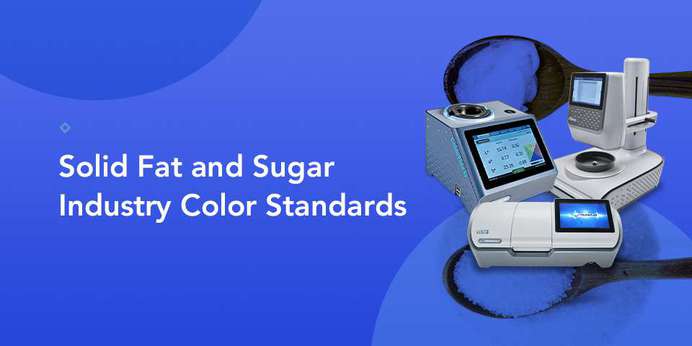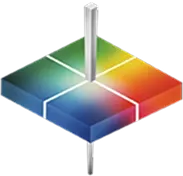
Color is the most important indicator of quality perception and a primary influence on consumer buying decisions. Measuring the color of solid fats and sugars at each production stage helps manufacturers ensure consistent quality, freshness, and visual appeal that meets customer expectations. Conforming with the industry's standards and regularly assessing color also enables producers to identify potential production issues earlier to reduce waste.
Color Standards for Sugars and Solid Fats
The most recognized standard for color measurement in the sugar industry is the International Commission for Uniform Methods of Sugar Analysis (ICUMSA) 420 sugar score. This standard quantifies the yellowness of sugar in a filtered 50 Brix sugar solution using transmission.
Solid fats like shortening and chocolates often contain colorants for visual appeal. For example, manufacturers may add beta-carotene to achieve a pleasing golden color in butter-flavored shortening products. The Food and Drug Administration (FDA) governs added colorants and measurement standards to ensure these ingredients conform to Title 21 of the Code of Federal Regulations. Decorative colored sugars must also comply with these laws.

